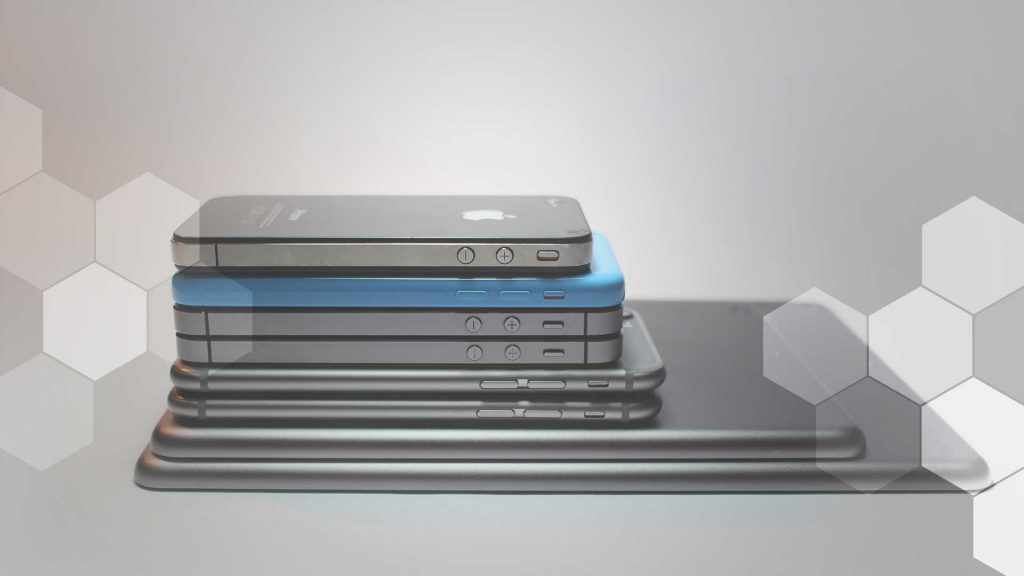Last week we spoke about some of the higher-level considerations involved in going omnichannel the right way. This week we’re taking a more low-level stance – we’re going to talk through three incredibly important operational things to get dialed before you broaden your channel horizons.
Let’s dispense with the pleasantries, shall we?
1: Analyse your cost-to-serve
It’s easy to look at adopting omnichannel as an expensive endeavor. And make no mistake, there are upfront investments in terms of training and the like. But really, a big mind-shift involved in omnichannel is the realization that it’s far, far more economical.
But first you need to figure out how much your current channels cost you.
Look, it’s usually pretty straightforward: phone calls cost dollar dollar bills, and email costs way less. It stands to reason. But give these things a number. It can be a real eye-opener to see the damage per minute of each channel.
A full breakdown of cost-to-serve is outside this article’s scope, but we’ll address it in its own article soon.
2: Get acquainted with Vilfredo Pareto
Once you’ve got your cost-to-serve, it’s time to figure out what to prioritize. It would be nice to be able to do all the things all the time, right, but yeah we all know how that story ends.
Instead, we might suggest this as a good time to bring out your Pareto-principle guns. If you already know our main man Pareto, you may just nod knowingly at this point and skip ahead while we bring everybody else up to speed.
So Vilfredo Pareto was a way-back-when Italian economist, engineer, philosopher, sociologist, et cetera et cetera. The man was some kinda genius, is what we’re saying.
Pareto once observed that 20% of Italy’s citizens owned 80% of Italy’s land. He then made a striking connection between this and the fact the 20% of the pea pods in his garden contained 80% of the total peas.
It turns out that this is a pretty big deal – and so we have the Pareto principle. It’s also called the 80–20 principle, after the idea that 20% of the causes in a system are responsible for 80% of the results. (It’s important to note that this is not the same thing as the 80–20 rule of answering 80% of your calls within 20 seconds.)
Put another way, the Pareto principle (which goes nicely with the law of diminishing returns and a glass of Chianti) tells you that the same amount of effort will net you different returns depending on where you apply it.
The trick is to find the quickest, easiest things to work on that’ll make the biggest gains. That’s where you start.
Again, the granular what-the-how of this is beyond our scope, but for now you’ll want to google ‘Pareto analysis’. We’ll cover this tops soon, #promise.
Pro tip: think web chat and self-service tools such as knowledge bases.
3: Get your agent experience (AX) right
High attrition is often considered to be part of the contact center landscape, but really it’s a symptom of a chronic illness – but a treatable illness.
Straight talk: you can’t deliver what your customers need, want and demand without happy, clued-up agents who treat your business with an owner’s mindset. If you want your customers to have an amazing, frictionless omnichannel experience, in other words, you need to make sure your agents have an amazing, frictionless omnichannel experience.
Where to start? With our first article on AX in the CCTR.
Pro tip: at the very least you want to make sure your training is ace.
4: Get your tech right
More straight talk (in which we shall try not to pitch our product, we swear): you can’t do omnichannel properly without the right tech. With the sort of volumes you see in the average contact center, and the complex service-level agreements, and the situational information (like number of times transferred), and the combinations of skills required, and the complex preferences of each customer…
Man it’s a jungle, and it’s just way too much information for a human to have to deal with.
Which is why you need a smart solution – one that brings human sensitivity to a realm in which humans are no longer able to operate efficiently.
So what we suggest is— wait wait no this is gonna get salesy if we keep it up.
So we’ll leave it there, shall we?
